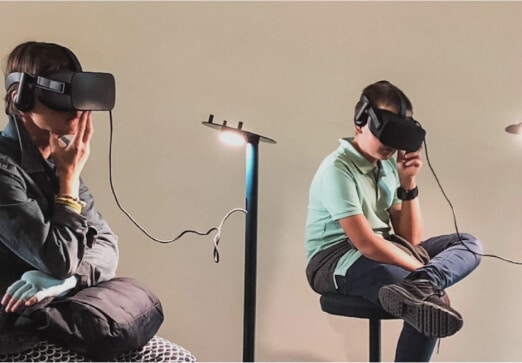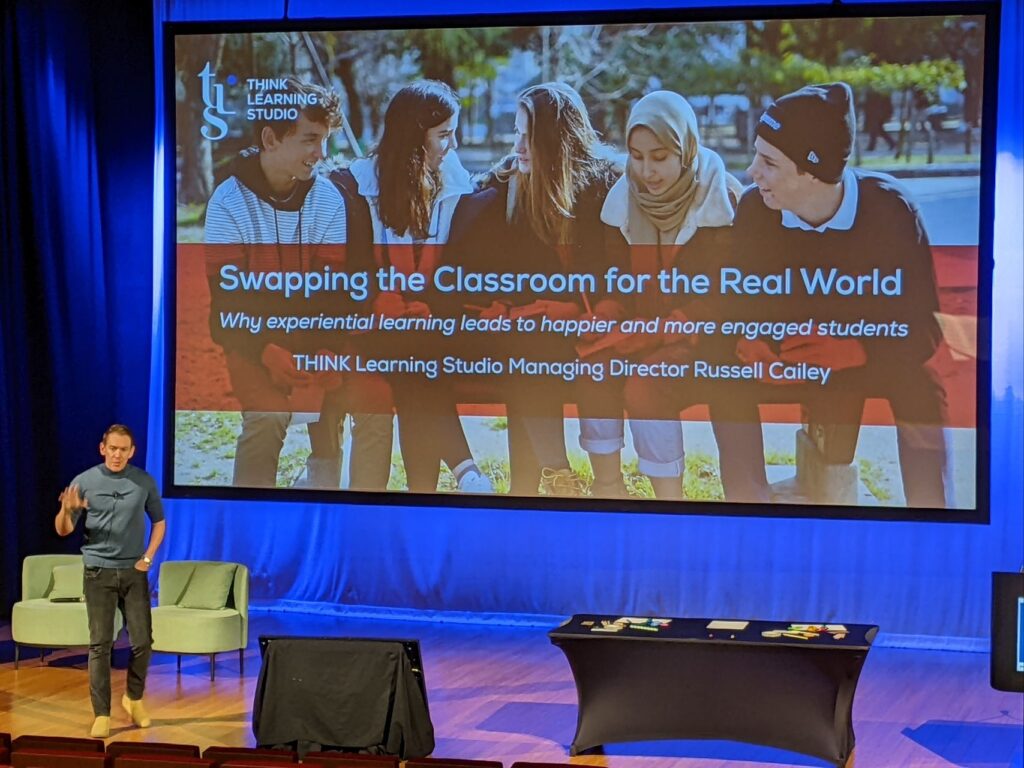
Is traditional education failing our students? This is a question that I will be discussing at the Capital Club Dubai on January 30th, where I will be sharing my insights on how project-based learning (PBL) can help prepare students for the future economy and work. As an advocate of PBL, as many of you already know, I firmly believe that this innovative approach to education is better suited to the needs of 21st-century students than traditional and terminal examination methods. In this article, I will dive deeper into the basics of PBL and explore why it is essential for the future of education.
My pending debate got me thinking about PBL and how it is commonly used today. Perhaps we are losing sight of its fundamentals (especially fundamentals for newly trained teachers who we welcome into the profession). The core principles make it such a powerful teaching method.
Project-based learning (PBL) has been gaining traction in education as a powerful teaching method better suited to the future economy and work than traditional and terminal examinations. This innovative approach to education focuses on real-world problem-solving and hands-on learning experiences, which help to prepare students for the challenges of the 21st century.
Here is a look at THINK Global School’s PBL Projects.
Another advantage of PBL is that it encourages students to take ownership of their learning. In traditional education systems, students are often passive recipients of information, with little opportunity to engage with the material on a deeper level. PBL, on the other hand, allows students to be active learners, responsible for their own learning outcomes. This type of learning is essential for developing the self-motivation and self-direction essential for success in the future economy.
“The work of art of the future will be the construction of a passionate life.” – Raoul Vaneigem
PBL also promotes interdisciplinary learning, as students often must collaborate with their peers and teachers to solve real-world problems. This type of learning is essential for developing the teamwork and communication skills essential for success in today’s economy. Furthermore, PBL offers a more personalized approach to education.

As some schools redirect from traditional education methods to PBL, it is crucial to remember that teacher training must be intentional and deliberate. PBL is a vastly different approach to teaching than traditional methods and requires different skills, knowledge, and mindset. Therefore, educators need to receive comprehensive and ongoing training in PBL to ensure they can effectively deliver this type of instruction.
This could include workshops, professional development courses, and mentorship programs. Without this level of training, educators may struggle to implement PBL in their classrooms, ultimately failing to deliver its potential benefits to the students. Therefore, it is vital to remember that teacher training is a critical component of the transition to PBL, and it must be given the time, resources, and attention it deserves.
Quickfire tips for new teachers to PBL.
- Start small: When transitioning to PBL, it is essential to start small and gradually build up to more complex projects. This will allow teachers to become comfortable with the PBL process and develop their skills before taking on more challenging projects.
- Focus on the driving question: A well-crafted driving question is the foundation of a successful PBL project. It should be clear, relevant, and open-ended and guide the project’s direction.
- Encourage student ownership: PBL is all about giving students ownership of their learning. Encourage them to take an active role in their learning by setting goals, making decisions, and reflecting on their progress.










